Hugo Render is constantly hunting for tools able to help our images carve a distinct path in the expanding digital visualization marketplace, which has led us to investigate 3D gaming engines. Epic Games released a trailer for Unreal 5, their brand - new engine slated to shatter all previous conceptions of not only what architectural renderings can be, but also virtual environments as a whole.
Unreal offers vast improvements in all sectors of the engine, but we’re primarily excited about changes to the texturing mechanics, dynamic lighting, and environmental physics. Let’s start with Nanite!
Texturing: Nanite
Textures bring renderings to life. They give them soul, richness, they provide that extra dimension that truly showcases what a space is slated to become. With the Nanite engine, Unreal promises to render landscapes to a degree never seen before!
Nanite promises to render billions of triangulated textures in a single frame, with some of these triangles even smaller than pixels. This will not only enhance overall object texture mapping, but will also provide incredible shadow mapping as well!
The rendering engine will allow us to texture objects and generate virtualized geometry to a degree never seen before, allowing us to make a shift towards designing entities with the quality seen in high - budget film CGI through the use of 8K texturing and models.
Still not convinced? Have a look at this cave scene featured in the demo, alongside the texture map created by the Nanite engine! Absolutely insane stuff!
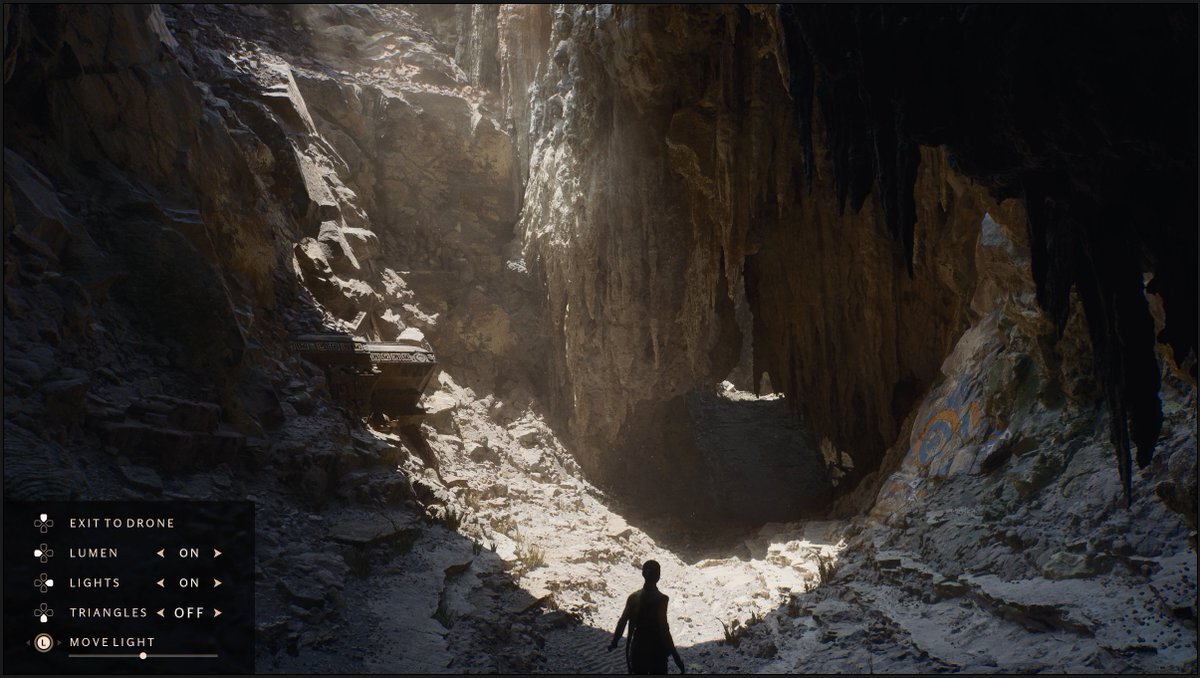
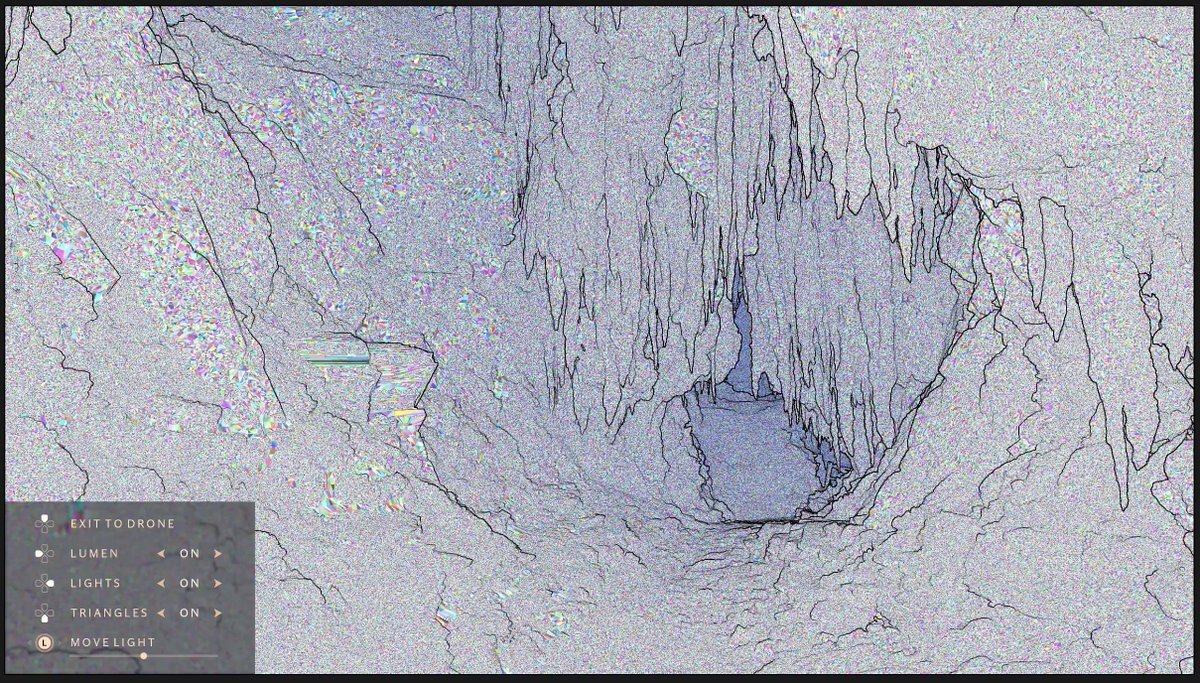
Nanite is great on its own, but let’s be honest, textures are only as good as the light shining on them; Allow me to introduce Lumen!
Lighting: Lumen
Vision is the most important sense in all our work, and with Unreal’s brand new Lumen engine, we’ll be able to create ocular experiences beyond our client’s wildest dreams. Lumen’s draw is a feature known in the rendering world as “ray tracing”. Allow me to explain.
Most rendering softwares will mimic natural lighting by “baking” it onto objects, essentially imitating reflections through the use of a predetermined light map. This is commonly used in rendering softwares to aid processing power allocation.
Ray tracing allows environment light to behave like a real world electromagnetic wave, using an entirely dynamic system in place of a static map. Ray tracing allows light to more accurately bounce and dissipate off objects, permitting a more authentic texture display.
To understand the raw power of the Lumen engine, check out these three images, along with this clip directly from the Unreal 5 reveal.
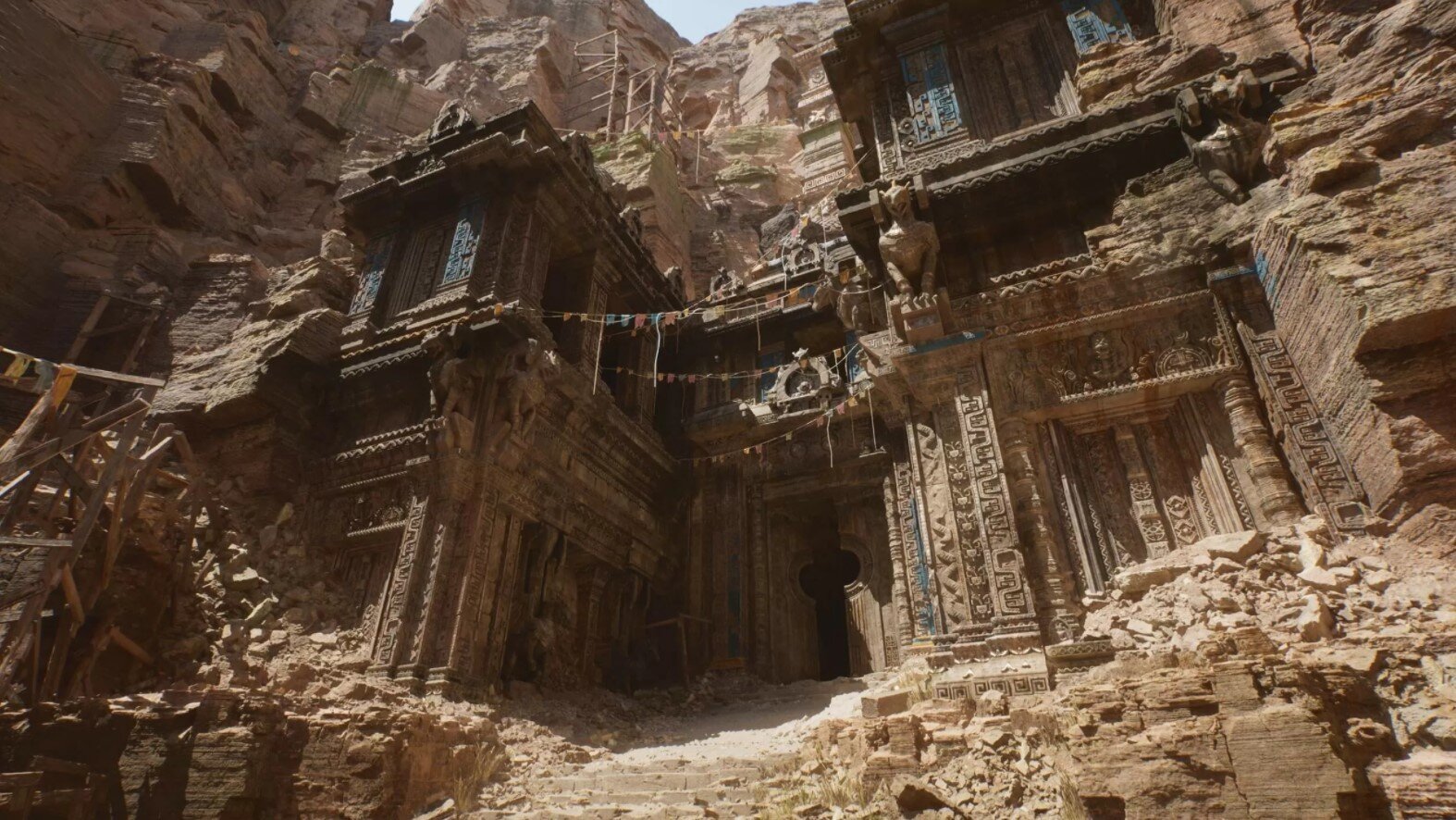
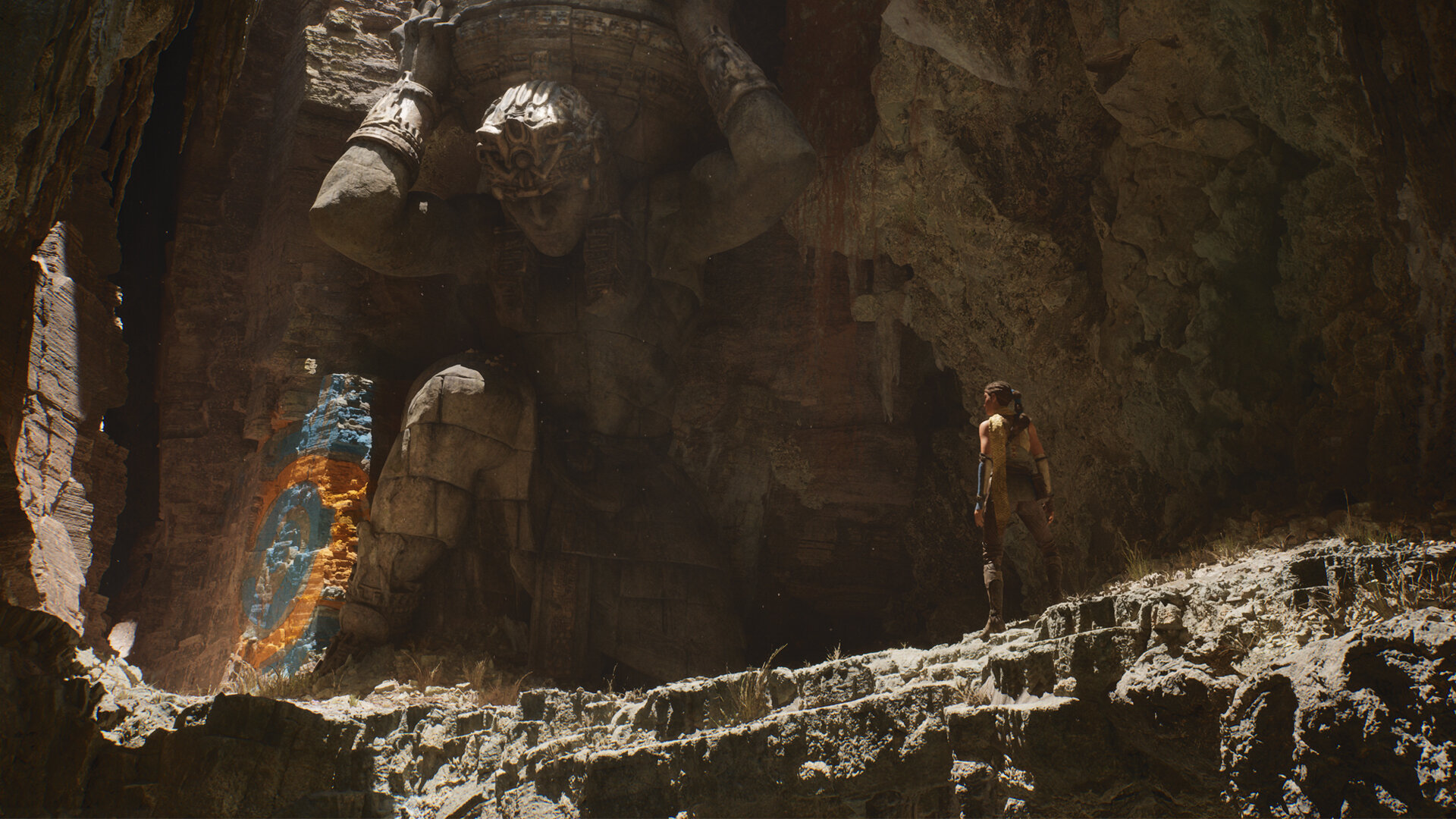
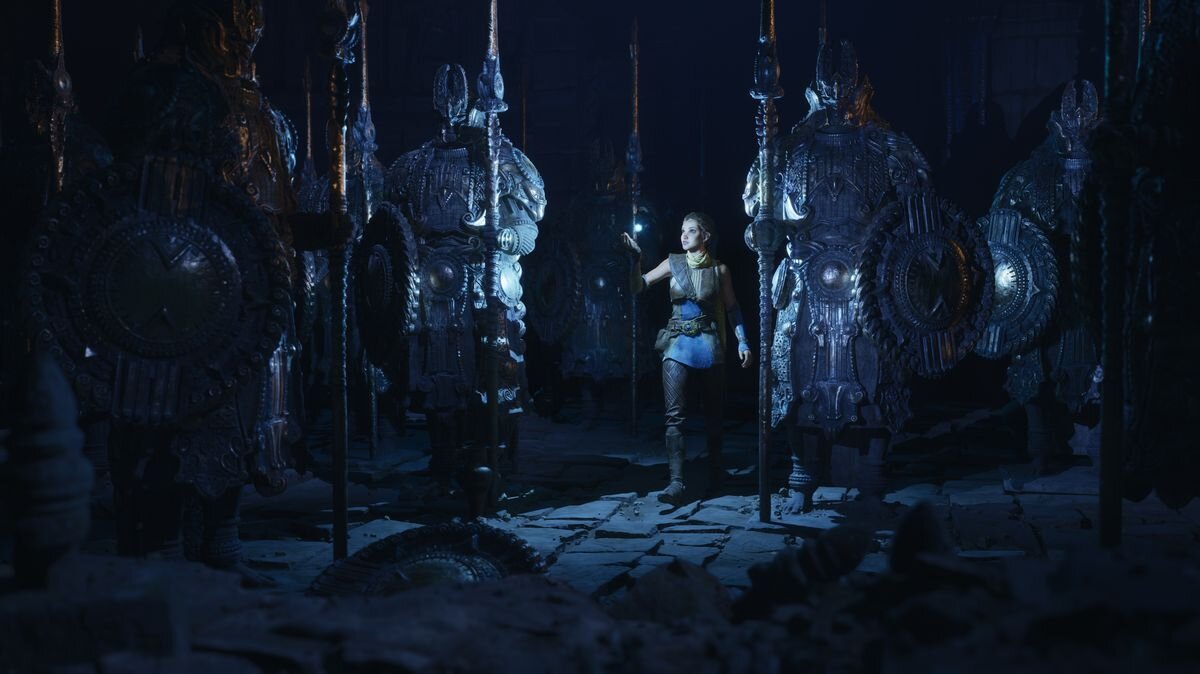
Lumen will help us gain a much better real - time perception of how lighting in our scenes will behave, creating visuals that are more focused on texture enhancement over scene brightness. Let’s discuss a little environmental physics, shall we?
Environment: Niagra
An environment is the true foundation of a scene. It's a placeholder to enhance architectural development, it’s the world that truly gives a project its photorealistic, life - like quality. With the Niagra engine, Unreal promises to transform these environments into a true, natural oasis.
Niagra gives animated objects the capability to talk with each other, and better understand and interact with their surroundings. Think, a tree, or flock of birds affected by the wind intensity, or even various weather conditions as a whole!
A great demonstration of the engine is seen in this video clip, where Niagra powered fauna (bugs) are reacting to a Lumen powered light source (orb).
Unreal really says it best; Nanite gives you limitless geometry, Lumen gives you fully dynamic lighting to showcase that geometry with. We’ve barely touched the supplementing engines, including Chaos, which all work in conjunction to help us design a constraint - free, densely pixelated environment, on a scale of realism never achieved before. The demo is only a sneak peek of what is to come, and we can’t wait to see what other features arise! Check out the entire demo video and let us know what you think!
Our architectural renderings are stories, experiences portrayed through virtual visualization; Unreal Engine 5 transcends visualization into actuality.


